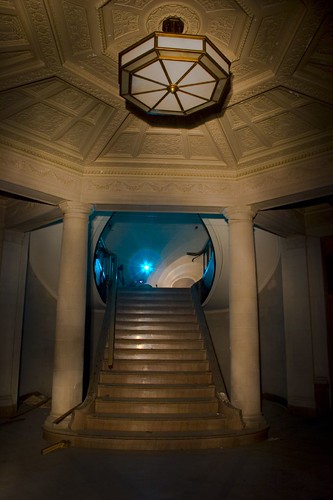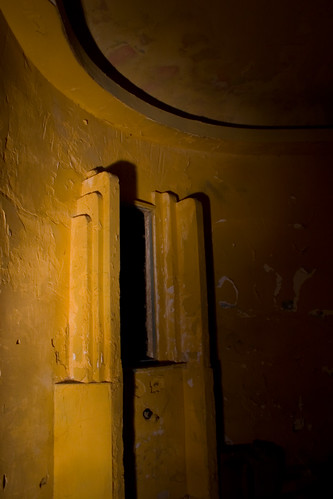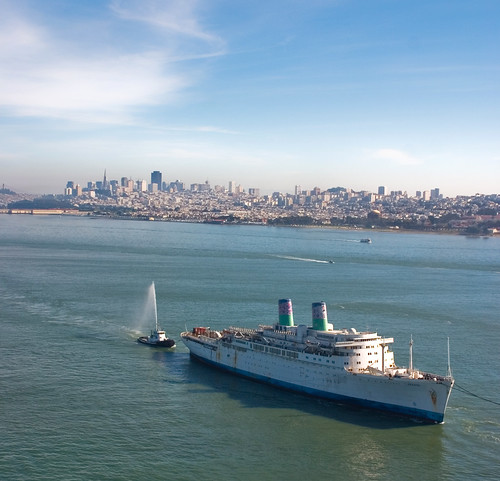Ants, Aerial Shots, and Life as a Geographer
 Show on map March 8th, 2008
Show on map March 8th, 2008
By Jonathan H

Photo courtesy Google.
 My friend, Jo Guldi passed this link on to me, so I figured I’d pass it on to you. When I first posted it, I planned on just copying and pasting the image, adding a few lines of text, and clicking Save. Once I got to writing this entry, however, one question led to another; one realization went deeper; and before I knew it, I had an entire thesis in Internet-lingo hammered away in a disjointed nature and pasted with various aerial images. It exists below, but really, the purpose of this entry was to show you the above image from Google Maps, maybe get a bit of a chuckle out of you, and move on. Little did I know that thinking too much thwarted those plans.
My friend, Jo Guldi passed this link on to me, so I figured I’d pass it on to you. When I first posted it, I planned on just copying and pasting the image, adding a few lines of text, and clicking Save. Once I got to writing this entry, however, one question led to another; one realization went deeper; and before I knew it, I had an entire thesis in Internet-lingo hammered away in a disjointed nature and pasted with various aerial images. It exists below, but really, the purpose of this entry was to show you the above image from Google Maps, maybe get a bit of a chuckle out of you, and move on. Little did I know that thinking too much thwarted those plans.
It’s been a few years since we’ve seen a book by Yann Arthus-Bertrand, the famed photographer who really gave verve to the genre of aerial photography. It’s a beautiful thing to skim through Bertrand’s Earth from Above. Bertrand gave vision to an art that had existed for years, but hadn’t truly reached its full potential.
One need only look at the image of San Francisco by kite to see that the hobby has existed for well over a hundred years and dates back to the early days of photography. If anyone has a Daguerreotype by kite, I’d love to see it! For now, you’ll just have to deal with the beautiful panorama of the city by the Bay, which required 10 kites and hauled a 49-lb camera 2,000 feet above the post-apocalyptic scene of San Francisco in 1906.
Getting back to why I’m so fond of aerial photography (but have yet to hit up friend Scott Haefner as to how I can best get started with this gig) — the reason I personally love looking at aerial photography is that it represents a distillation of the very essence of the landscape; the interactions of built with natural; and the effect that humans have on the landscape. All of these things go back to why I chose Geography as a field of study, and why it continues to fascinate me to this day.

Photo by Yann Arthus-Bertrand
So why the sudden move to history? I think that Geography and History are two of the most inextricable studies that exist. And at the same time, it’s my own personal protestation to refuse to accept a specialty. I’ve heard the quote in two different versions, but the message is the same: Specialization is for ants. Those of us who either observe the landscape deeply, or photograph it — or even see it from above — realize that we don’t want to be ants. We want to look at what the ants have built. We want to analyze the ants’ interaction with the landscape. And it all leads to deeper questions…
Why do we do the things we do — as human beings? Why do we live in closely packed subdivisions on the edge of humanity to separate ourselves from the rest of humanity; then regularly face the traffic, the pollution, the frustrations with humanity every day to commute to work? What do we get from migrating away from our own species? And why can’t we just float above it all and look down at the beauty that exists every day in front of us – to stand in awe and appreciation of our creations, however small they may look from above.
This may sound a bit sacrilegious, and I’m sure God is going to smite me to hell for saying it, but we humans are our own gods. We create our own versions of the world, our own little ant hills. Each day is an opportunity to create something beautiful, and seeing these things from the sky both humbles AND plays at humanity’s ego-strings.






